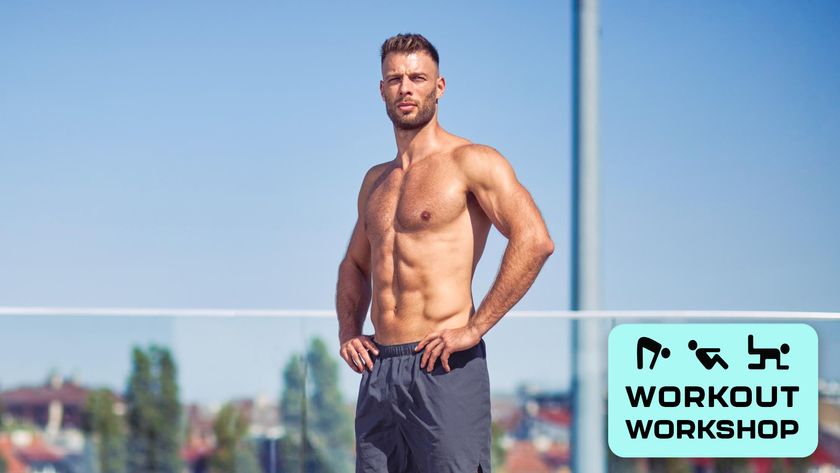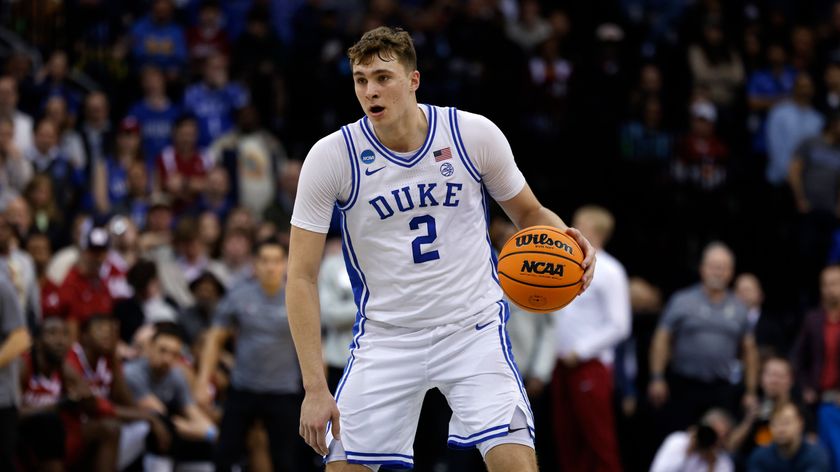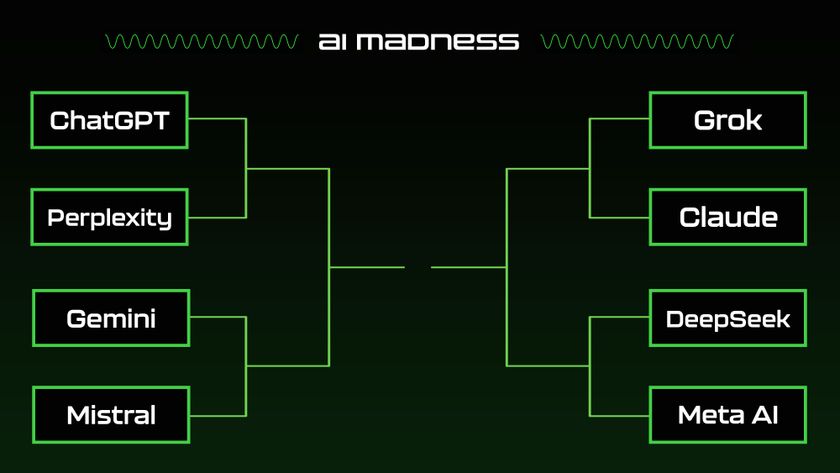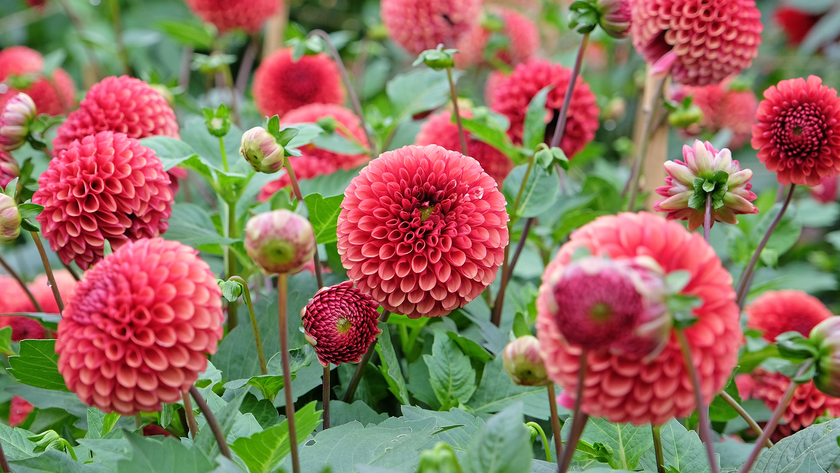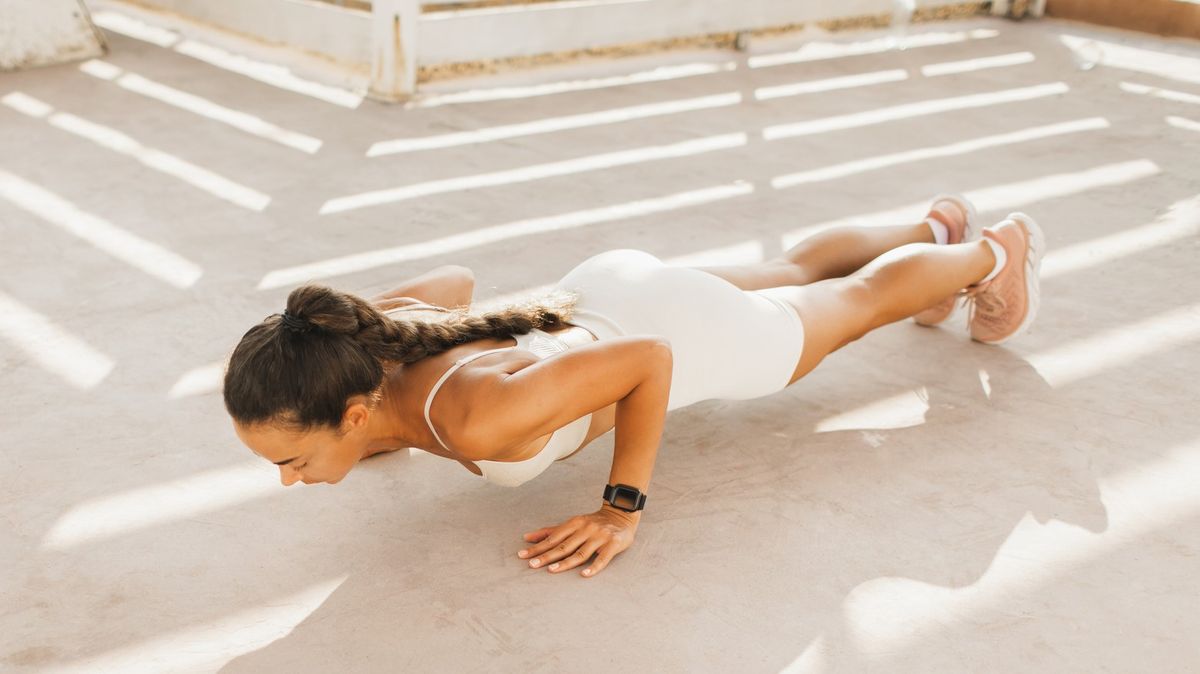
At Tom’s Guide, we take our fitness challenges more seriously than the names given to some of the exercises — our writer did 50 windshield wipers a day for a week, in one challenge, for example. And the more creative the exercise, the better.
After seven days of the alligator drag exercise, my boyfriend is more glad to see the back of this fitness challenge than me. But as I had fun (literally) dragging my entire body weight around my tiny city apartment, I had one thought — my job is excellent.
The alligator drag involves holding a high plank position while walking your hands forward and dragging your body weight along, mimicking how an alligator moves. Ideally, your feet rest on sliders, but there are other ways to do it. Here’s what happened when I did this exercise every day for a week.
What is the alligator drag, and how to do it
If, like me, you’re doing the alligator drag on a wooden floor or similar, you could use a dish towel or t-shirt underneath your feet or even wear socks. I used sliders which are small discs designed for these sorts of exercises. They also feature heavily in Jennifer Aniston’s favorite Pvolve workouts and are super affordable and easy to store.
- Start in a plank position with the balls of your feet or toes resting on sliders
- Stack your shoulders over your wrists and engage your core, shoulders, glutes and quads
- Begin walking your hands forward while dragging your body to follow
- Keep your hips aligned with your shoulders and the weight distributed across your body, driving movement with your core and arm muscles.
I did the Alligator Drag exercise every day for a week — here are my results
Here’s how my week went.
It was great fun
I had a lot of fun with this exercise, but my boyfriend might be happy that I’m no longer popping up in rooms greeting him like an alligator. The move is totally killer on your core and shoulder muscles, and even a short distance can fire up muscles everywhere.
I don’t have a big apartment, so instead of aiming for distance (great if you have space or a running track at your disposal), I counted steps with my hands — one hand means one rep or step. I aimed for 100 reps a day within five minutes.
Sign up to get the BEST of Tom's Guide direct to your inbox.
Get instant access to breaking news, the hottest reviews, great deals and helpful tips.
My wrists hurt
Going into the second day, I noticed how much I was weight-bearing on my wrists and added a few short wrist and forearm exercises beforehand for the remaining days. If you struggle with wrist pain or are new to the exercise, shoot for a shorter distance, rest more often, and stop if the pain persists.
You could also try the exercise from your knees, placing sliders underneath them to take some pressure off your arms and upper body. As a trainer, I’ve built up a decent amount of core strength over the years, but driving your whole body weight this way is hard work, regardless of your experience level.
I decided to mix it up
Over the next few days, I decided to wear a weight vest. If you consider yourself well-versed with the best plank variations like alligator drags, a vest adds extra load for your body to work against. Suddenly those 100 reps seemed a lot further away.
My boyfriend might be happy that I’m no longer popping up in rooms greeting him like an alligator.
Because I don’t have much space at home, I hit reverse and walked my hands forwards and backward rather than turning around, which meant less rest and hitting reps faster. You could take breaks to turn around and shake your wrists out, or if you have space, turn around without resting and wake up those oblique muscles.
My muscles were on fire
My arms, shoulders and core muscles were seriously fatiguing at this stage, and I felt like I’d completed a heavy upper-body workout rather than just one exercise.
Bodyweight workouts, also known as calisthenics (you can check out an example of a 6-move calisthenics workout here) are a brilliant form of functional training because they heavily recruit compound exercises (meaning exercises that activate several muscle groups) to build strength, increase range of motion and improve core stability.
I could feel this exercise in my arms, shoulders, chest, core, glutes and quads as I spent time consciously contracting various muscle groups to prevent my hips from dropping (a common mistake) and attempting to move my body as a solid unit.
I learned body weight is sometimes best
On the final day, as I moved from room to room, reversing into my boyfriend, knocking plants over, and generally causing chaos, I did some reflecting.
By pushing aside weights like dumbbells, barbells or kettlebells and learning to work with only your body weight, your body gets a lot out of it. Sure, adding load challenges the muscles to strengthen and grow, but your body becomes a more efficient machine when you move with your body weight.
You can learn to function and move properly. You become more connected with your body, improving how it moves through a range of motion and your neuromuscular mind-body connection. And you stimulate muscles to strengthen, grow and respond to stimulus.
I did the Alligator Drag exercise every day for a week — here’s my verdict
I think anyone who is able should learn to work with their body weight before adding gym equipment to any exercise. But bringing it back to alligator drags, I felt my entire body working throughout, not just my core muscles.
With any plank or plank variation, it’s worth remembering that it’s easy to transfer the load into your lower back or sway from side to side when moving. Your hips are more likely to lift if you reverse alligator drags, so stay engaged throughout and move with control.
There are plenty of ways to adapt the move too. You could work on distance, speed (for cardio gains) or place a weight on your mid-upper back to work on strength. If the move still feels too easy, try lifting one leg as you walk with your hands.
Next time, 200 reps? Maybe not.
More from Tom's Guide

Sam Hopes is a level 3 qualified trainer, level 2 reiki practitioner and senior fitness writer at Tom's Guide. She is also currently undertaking her Yoga For Athletes training course. Sam has written for various fitness brands and websites over the years and has experience across brands at Future such as Live Science, Fit&Well, Coach, and T3.
Having worked with fitness studios like F45 and Virgin Active, Sam now primarily teaches outdoor bootcamps, bodyweight, calisthenics and kettlebells. She also coaches mobility and stretching-focused classes several times a week and believes that true strength comes from a holistic approach to training your body.
Sam has completed two mixed doubles Hyrox competitions in London and the Netherlands and finished her first doubles attempt in 1:11.

